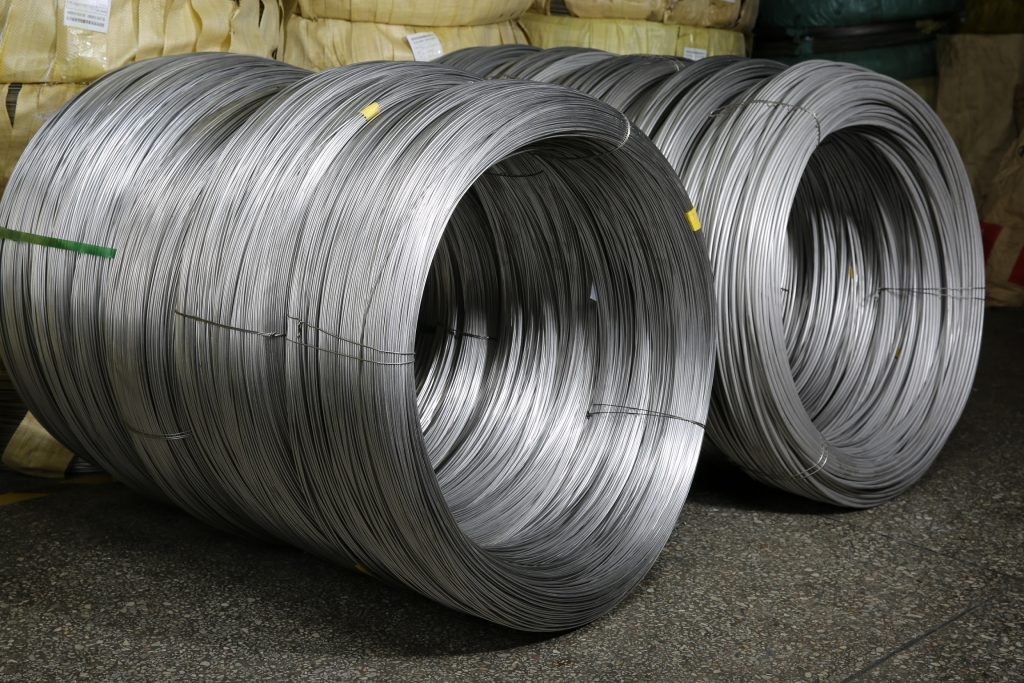Stainless steel screw material – the difference between 304 and 304L
Perhaps most of the difference between 304 and 304L stainless steel screw material is not large, and sometimes they can be used instead of each other. This idea is wrong. Why can’t these two types of stainless steel screws replace each other?
First look at the chemical composition of the two stainless steel screw material wires:
| 304 |
304L |
| C≤0.08
Mn≤2.00
P≤0.045
S≤0.03
Si≤1.00
Cr: 18.00~20.00
Ni: 8.00~12.00 |
C≤0.03
Mn≤2.00
P≤0.045
S≤0.03
Si≤1.00
Cr: 18.00~20.00
Ni: 8.00~12.00 |
Second, from the mechanical properties of the two stainless steel wire:
| 304 |
304L |
| Tensile Strength(MPa)≥515
Yield Strength(MPa)≥205
50mm Elongation(%)≥40
Brinell Hardness:≥201
Rockwell Hardness:≥92
Does not require cold bending |
Tensile Strength(MPa)≥484
Yield Strength(MPa)≥170
50mm Elongation(%)≥40
Brinell Hardness:≥201
Rockwell Hardness:≥92
Does not require cold bending |
From above of the chemical composition, 304L chemical composition to meet the complete 304. Two different brands of stainless steel screw material differ only in the amount of C, the others are the same. From the mechanical properties point of view, 304 tensile strength and yield strength are higher than 304L. When 304L is used instead of 304, the strength will not be achieved. In addition, China’s pressure vessel standard GB150-1998 stipulates that when the use temperature of austenitic stainless steel is higher than 525°C, the carbon content of the steel should not be less than 0.04%. Therefore, 304L cannot replace 304.
The L-letter attached to 304L means that it is a low-carbon grade and has a carbon content of 0.035% or less. 304L welding performance is better than 304.
If you want to learn more about screw material issues, please contact Shi Shi Tong.